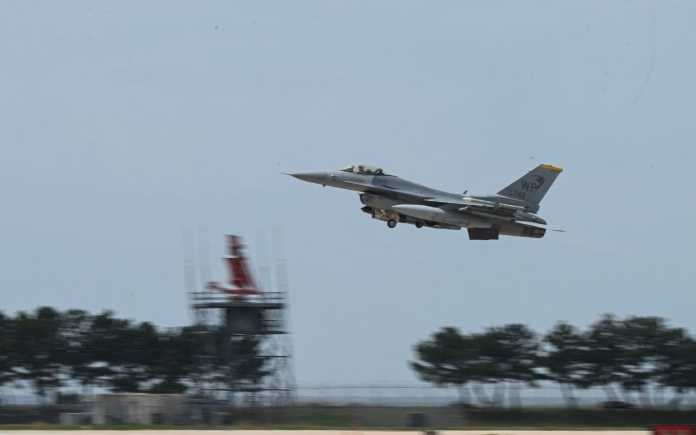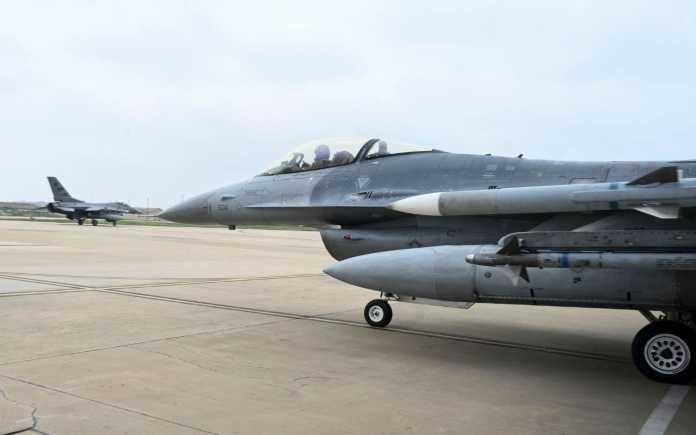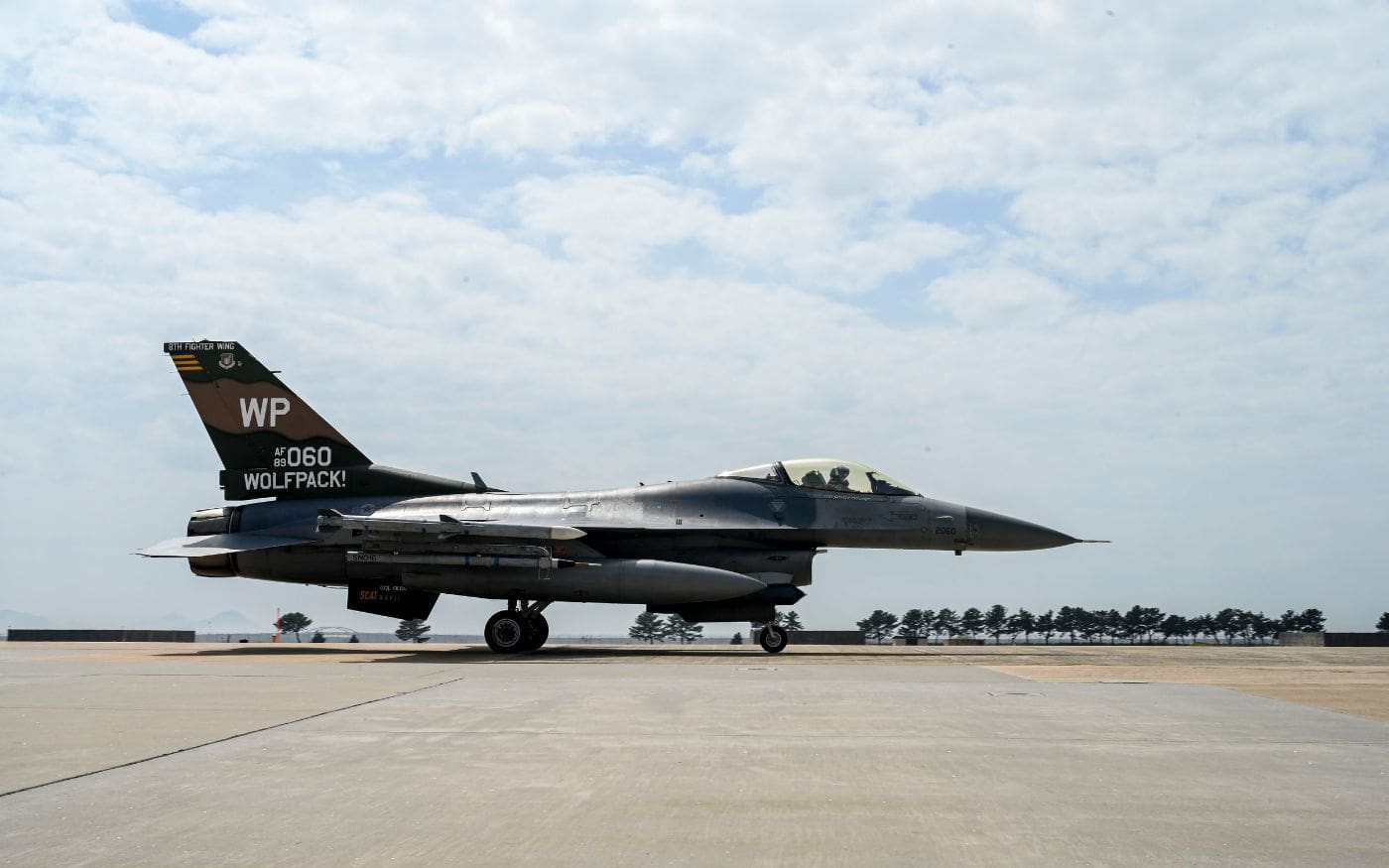U.S. Air Force F-16 Fighting Falcons participated alongside the Republic of Korea Air Force (ROKAF) in the Freedom Flag 25-1 exercise, where their capabilities were tested to assess and enhance integration. The deployment took place from mid-April until May 2, involving the mobilization of at least ninety aircraft on South Korean soil.

As part of this exercise—held for the second consecutive time to strengthen the alliance between the air forces of both countries—aircraft from the Wolfpack Fighter Wing arrived at Kunsan Air Base, South Korea, where they joined operations, maintenance, and mission support efforts. This aircraft deployment was designed to reinforce combined readiness and interoperability among the participants, taking into account the regional context. The ROKAF deployed F-35A, F-15K, and KF-16 fighter jets, while the USAF operated F-16s, F-35Bs, and MQ-1 and MQ-9 drones. The U.S. Marine Corps, Navy, and Army also took part in the exercise.
According to an official statement, this edition of Freedom Flag 25-1 featured multi-domain scenarios that provided critical training for airmen, with a strong emphasis on dynamic engagements that required rapid response to fleeting and mobile targets. Given the complexity of this type of training, participants were required to enhance mission execution alongside their ROKAF counterparts, honing the skills needed for effective performance. “Freedom Flag is a vital opportunity to enhance our combined capabilities, strengthen our alliance with the Republic of Korea, and deter regional competitors,” said U.S. Air Force Colonel Andreas Ziegler, Director of Operations and Plans for the Seventh Air Force.

“Dynamic targeting training pushes our forces to identify, decide, and strike in real time,” said Lieutenant Colonel Robert F. Guyette, commander of Marine Fighter Attack Squadron (VMFA) 214. In addition to the F-16 Fighting Falcons, F-35A and F-35B fighters also participated, assuming the role of adversary forces during the simulations. “Our training emphasizes the F-35’s advanced sensors and the overall battlefield awareness they provide in conjunction with joint and allied assets needed for winning tomorrow’s fight,” added Guyette.
Lastly, the advanced capabilities of the MQ-9 Reaper and MQ-1 Predator attack and reconnaissance drones were also utilized and integrated. Their inclusion aimed to extend the reach and resilience of air operations, thanks to the support of unmanned aerial systems.
You may also like: The U.S. Armed Forces in Japan conducted an impressive display of capabilities at Kadena Air Base
